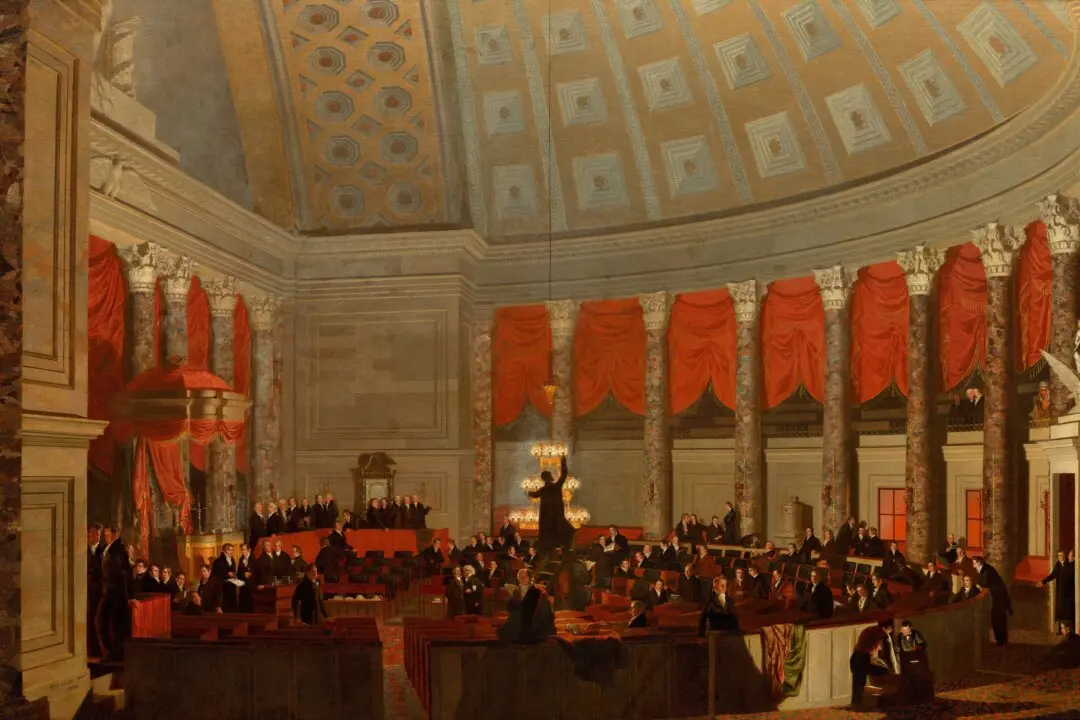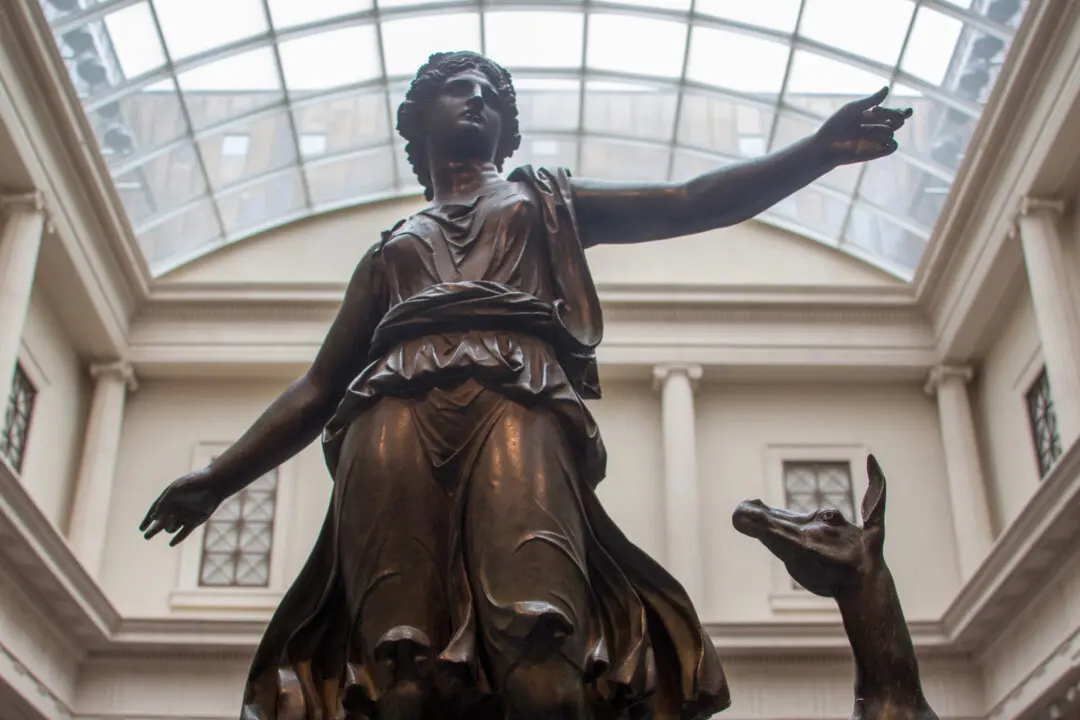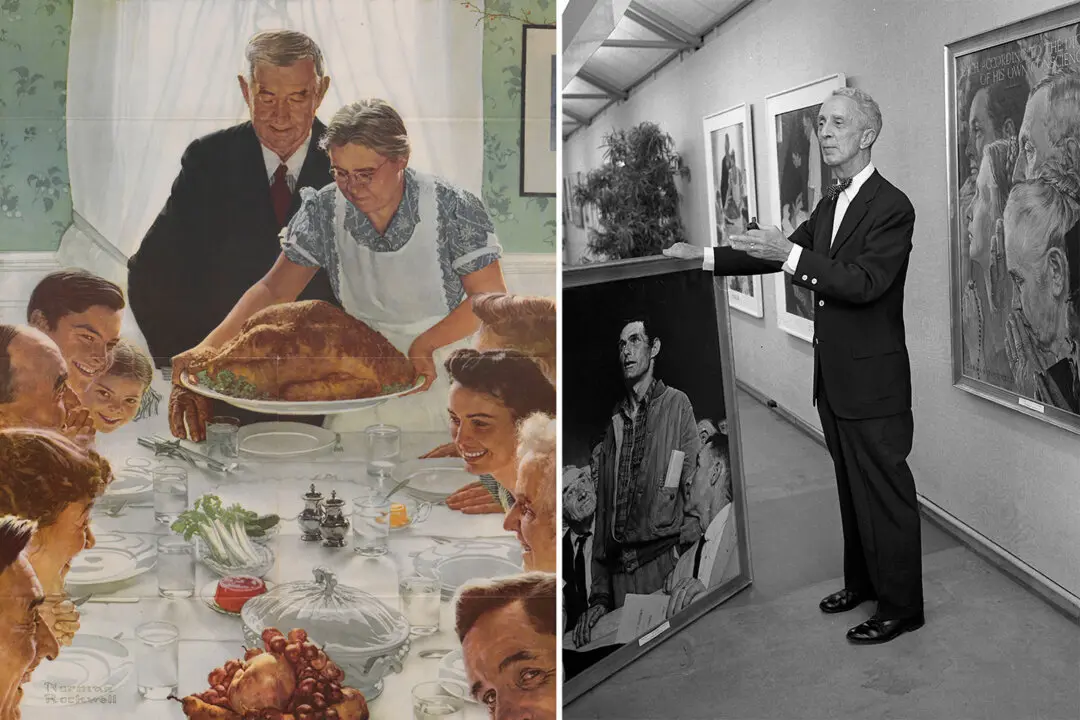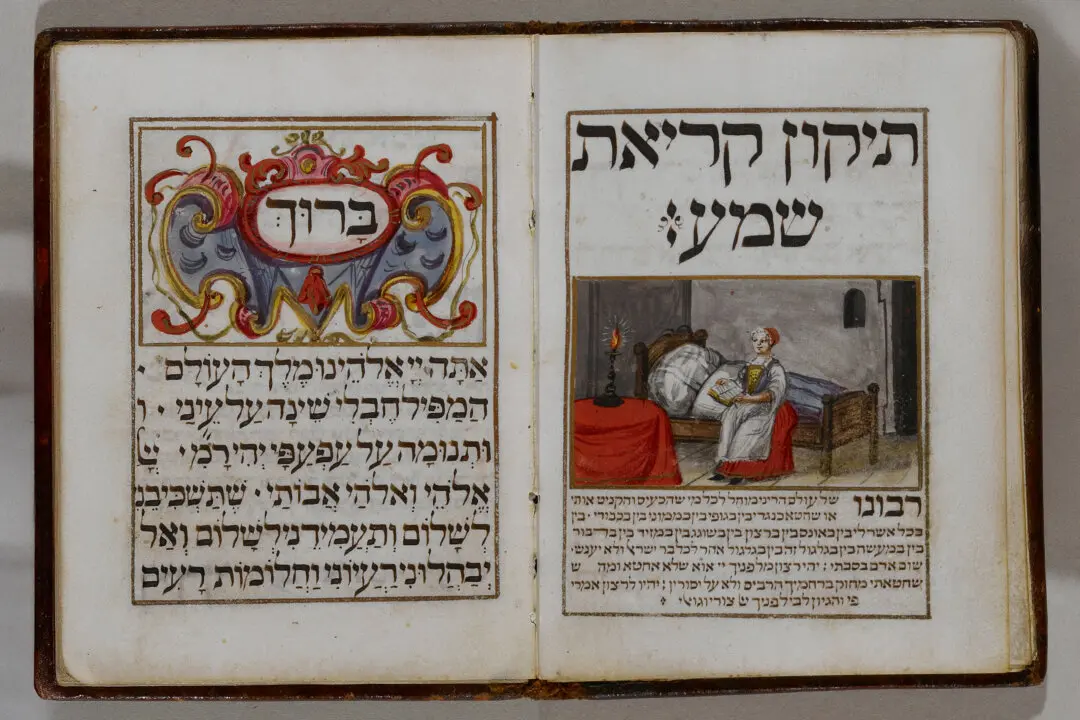In the city of Amsterdam, Rembrandt van Rijn (1606–1669) continues to reign as its artistic sovereign. Many of his masterpieces hold court at the Rijksmuseum, the Dutch State Museum that contains the world’s largest collection of Rembrandt paintings, offering a characteristic and wide-ranging overview of his works.
The city is also home to the Rembrandt House Museum, which reconstructs how the building would have looked, from family quarters to artist workshop, when Rembrandt lived in the space. However, one of the more unique and intimate places to see Rembrandts in their original setting is at the Six Collection, a private aristocratic home a few minutes’ walk from the Rembrandt House Museum.





